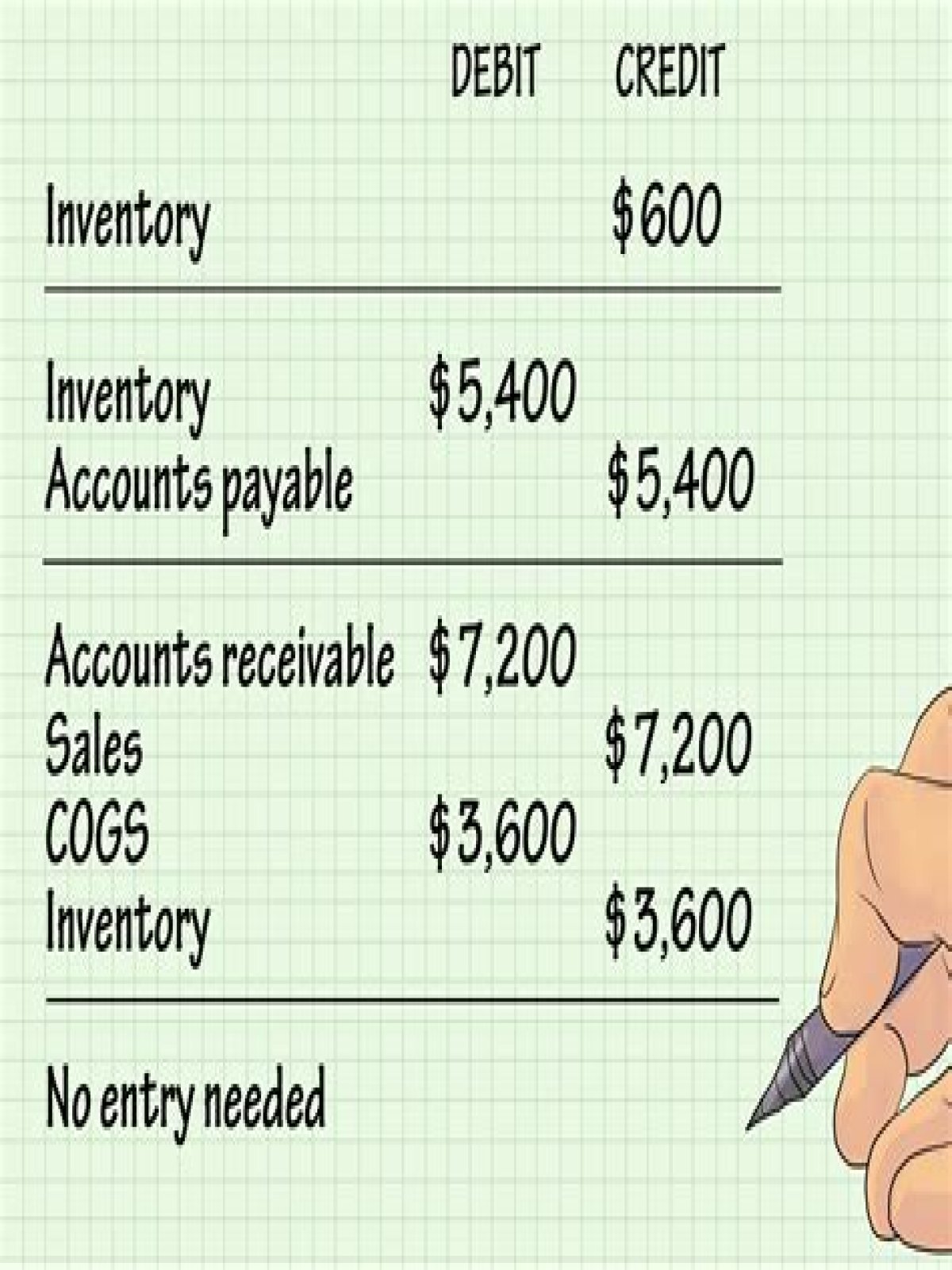Journal Entry for Cost of Goods Sold (COGS)
- Sales Revenue – Cost of goods sold = Gross Profit.
- Cost of Goods Sold (COGS) = Opening Inventory + Purchases – Closing Inventory.
- Cost of Goods Sold (COGS) = Opening Inventory + Purchase – Purchase return -Trade discount + Freight inwards – Closing Inventory.
How do you adjust cost of goods sold?
Understated inventory increases the cost of goods sold. Recording lower inventory in the accounting records reduces the closing stock, effectively increasing the COGS. When an adjustment entry is made to add the omitted stock, this increases the amount of closing stock and reduces the COGS.
What is cost of goods sold journal entry?
At month-end, it counts its ending inventory and determines that there is $200,000 of inventory on hand. The cost of goods sold journal entry is: Debit. Credit. Cost of goods sold expense.
Is cost of goods sold an adjusting entry?
This entry compares the physical count of inventory to the inventory balance on the unadjusted trial balance and adjusts for any difference. The difference is recorded into cost of goods sold and inventory. The periodic inventory methods has TWO additional adjusting entries at the end of the period.
Is COGS a debit or credit?
Cost of goods sold is the inventory cost to the seller of the goods sold to customers. Cost of Goods Sold is an EXPENSE item with a normal debit balance (debit to increase and credit to decrease).
Is COGS an asset or expense?
Cost of goods sold is not an asset (what a business owns), nor is it a liability (what a business owes). It is an expense.
What causes a negative cost of goods sold?
Cost of goods sold can be negative incase the sum of the opening stock value and the purchases value is lower than the closing stock value.
Can you have COGS without sales?
Cost of Revenue vs. COGS. There are also costs of revenue for ongoing contract services that can even include raw materials, direct labor, shipping costs, and commissions paid to sales employees. Even these cannot be claimed as COGS without a physically produced product to sell, however.
What does a negative cost of goods mean?
The Cost of Goods Sold (COGS) is a reduction in your income. If it shows as a negative amount on the report, then this will show as an addition to your income. There are some transaction types wherein they’ll show as a negative amount on your COGS. One example is when you enter a negative amount on your Refund Receipt.
What falls under accounts payable?
Accounts payable include short-term debt owed to suppliers. They appear as current liabilities on the balance sheet. Accounts payable are the opposite of accounts receivable, which are current assets that include money owed to the company.
